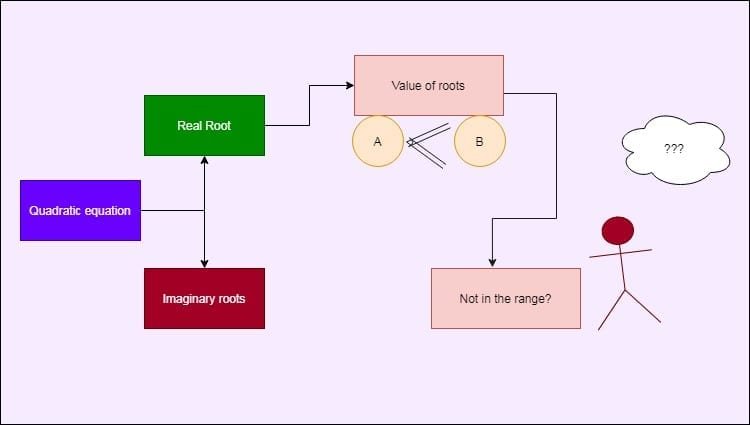The roots of the quadratic equation lie between some range and it depends upon the coefficients of the equation. or may be predicted using the relation between coefficients.
Suppose \(a+b+c\) and \(a-b+c\) are positive and \(c<0\). Then the equation \(ax^2+bx+c=0\)
(A) has exactly one root lying between -1 and +1
(B) has both the roots lying between -1 and +1
(C) has no root lying between -1 and +1
(D) nothing definite can be said about the roots without knowing the value of a,b and c.
ISI entrance B. Stat. (Hons.) 2003 problem 4
Quadratic equation
6 out of 10
challenges and thrills of pre college mathematics

The question is based upon mean value theorem and the lower and upper limits are 1 and -1
So let \(f(x)=ax^2+bx+c\) now find f(1) and f(-1), and try to use mean value theorem.
So \(f(1)=a+b+c\) and \(f(-1)=a-b+c\) and we can see that both of them are positive. so now using mean value theorem we can find c in \(f'(c)\).
An now we can apply Sridharacharya's formula to find the valise(s) of x.
We know c in f'(c) represent the roots and the mean value theorem says c must lie between limits (-1 and +1 in this case)
So option B is correct one.